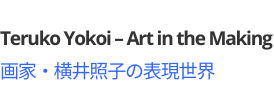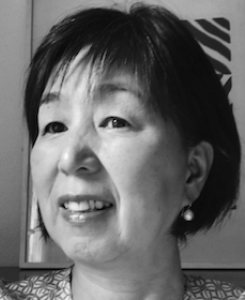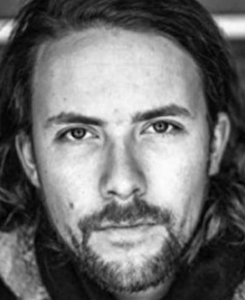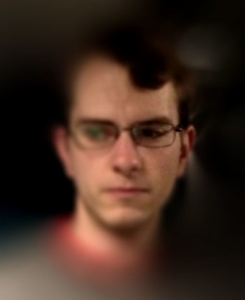Teruko Yokoi – Art in the Making
“Teruko Yokoi – Art in the Making” by Kuniko Satonobu Spirig
『画家・横井照子の表現世界』里信邦子スピリグ監督
Switzerland – 2024 - Color – 50 minutes – O.V. English – subtitle: English, French, German, Japanese
スイス / 2024年制作 / カラー/ 50分 / 言語・英語 / 字幕・英語、仏語、独語、日本語
Synopsis
Teruko Yokoi (1924 – 2020) was a Swiss-Japanese artist who lived in Bern. At the age of 95, Kunstmuseum Bern held her first retrospective which was a long-held dream of hers. She died a few weeks after its closure. This film is the portrait of a determined woman artist who persevered despite the difficulties of being a foreigner, a single mother, and an artist in the shadow of her famous ex-husband. In parallel, the film shows the fascinating methods of her abstract painting. Inspired by memories of her youth in Japan, Yokoi applied Japanese techniques (like calligraphy or empty space) to the genre of abstract expressionism.
あらすじ
横井照子 (1924 – 2020) は、抽象絵画を学ぶためアメリカに渡り、その後パリを経て最終の仕事場をスイス・ベルンに定めたスイス・日本人画家。2020年1月、横井が長年夢見た回顧展がベルン美術館で開催された。95歳の時である。そして、この展覧会が幕を閉じた数週間後、永遠の眠りにつく。この映画は、外国人でシングルマザー、有名な画家の夫(サム・フランシス)の影に隠れがちといった様々な困難にもめげず、「画家として生きる」という意志を貫いた1人の女性画家の一生を見つめ、同時に「余白」や書の導入といった日本絵画の技法とアメリカ抽象表現主義が合わさった表現を見せながら、横井の魅力あふれる作品世界に誘う。
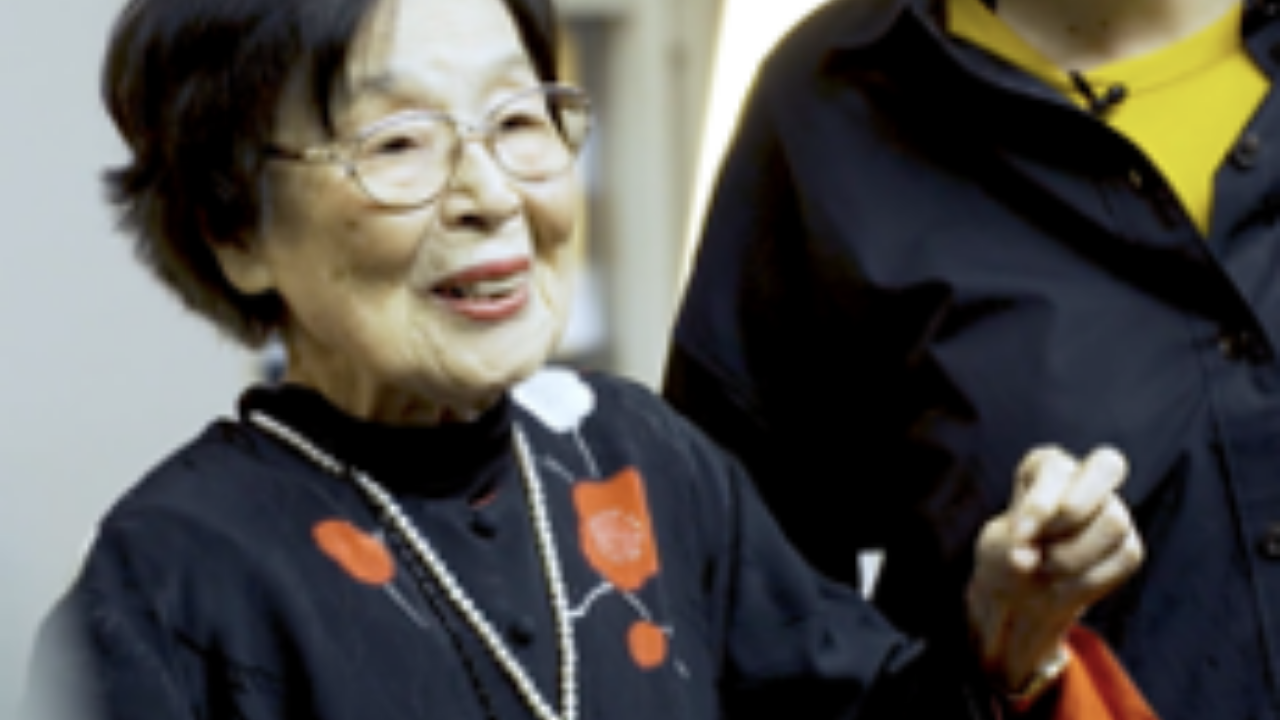
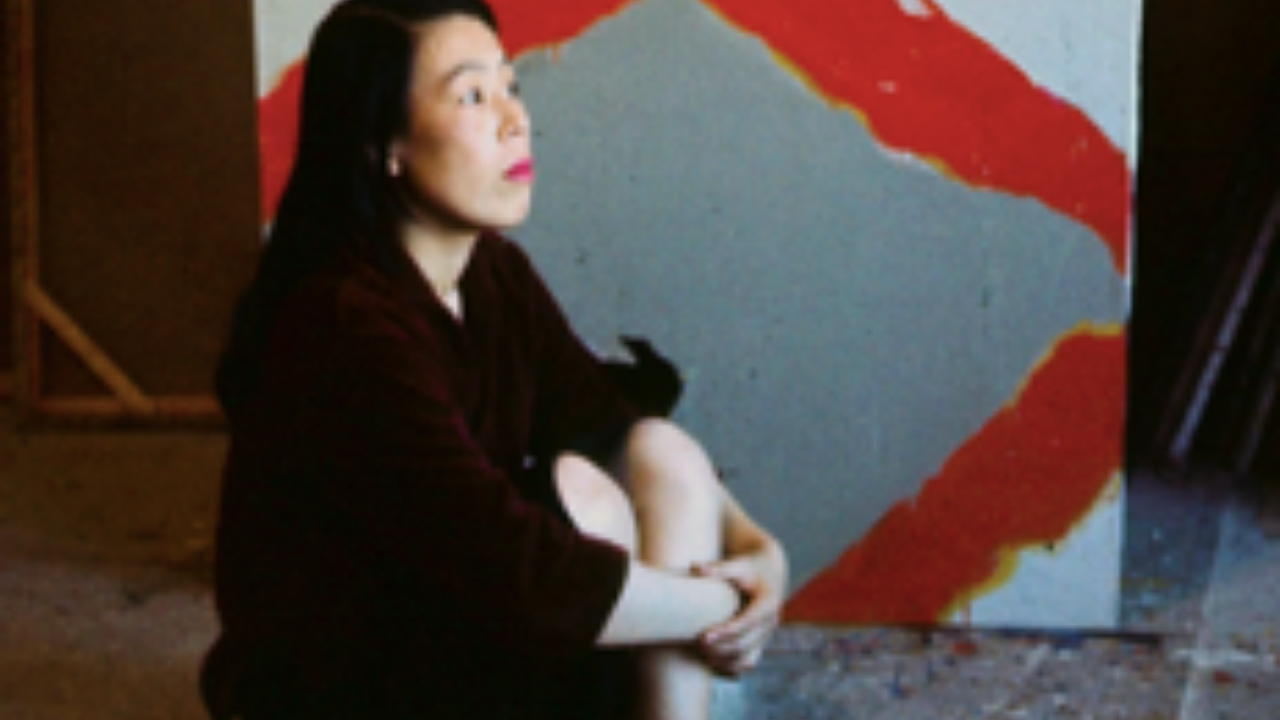
Credits
クレジット
Kuniko Satonobu Spirig is a Swiss-Japanese art historian, filmmaker and journalist, living in Switzerland. She made this documentary as her second film after having worked as co-director for the documentary film about the Prix de Lausanne (International ballet competition) for NHK.
スイス・日本の美術史家、映像作家、ジャーナリストとしてスイスで活躍。横井照子のドキュメンタリーは、彼女の2作目の作品。1作目は、NHKの共同監督としてローザンヌ国際バレエコンクールについてのドキュメンタリー「ローザンヌでつかんだ未来 – バレエダンサー須弥奈と美桜 –」を制作した。
Matthias Günter is a Swiss filmmaker who produced, wrote and directed several short films. In 2015, he co-produced, co-directed and co-wrote the feature film “Wintergast”, which was nominated at the Locarno Film Festival.
スイスの映像作家。プロデューサー・監督として数本の短編映画を制作。2015年、共同プロデューサー、共同監督、共同シナリオライターとして秀作の長編映画『Wintergast /冬の客』を制作した。同作品はロカルノ国際映画祭にノミネートされた。
Niklaus Erismann is a Swiss guitarist and composer who focuses on contemporary music. He composed the theme song “Hommage à T.Y.” for this film. He teaches guitar at the Bremgarten/Zollikofen Music School in Switzerland.
主に現代音楽を専門とするスイスの作曲家・ギターリスト。横井照子のドキュメンタリーの主題曲を作曲した。スイス・ブレムガルテン音楽学校でギターを教えている。
Trailer
トレーラー
“Teruko Yokoi – Art in the Making” – Excerpt from the Documentary (About Empty Space)
「余白」について
“Teruko Yokoi – Art in the Making” – Excerpt from the Documentary (about Black)
「黒」という色について
Director’s note
by Kuniko Satonobu Spirig
As an art historian, I was asked to write an essay on Teruko Yokoi, a Japanese-Swiss artist living in Bern, for the catalogue of her retrospective at the Kunstmuseum Bern. I was fascinated by her work, particularly by the way she used techniques of traditional Japanese art and captured the atmosphere of Japanese landscapes in works of abstract expressionism. Being Japanese and Swiss myself, I identified with the way that Yokoi married the aesthetic traditions of East and West.
Another woman artist, Sonia Delaunay had already died when I wrote my doctoral dissertation on her work, and I had been deeply frustrated not to be able to ask her questions about it. So, I was delighted and excited to be able to interview Yokoi in person.
We met in September 2019. Brushing aside my theoretical questions about things like her creative process or the meaning of abstract forms she used, Yokoi shared stories from her childhood instead, evoking images of colorful landscapes. She told how she had danced and sung in the garden when she was five, because even though it was still cold, she knew that spring was coming because she had noticed how the arrival of buds had changed the color in the branches of the trees. Impressed by her daughter’s sensitivity to colour, Yokoi’s mother organized private painting lessons for her.
This story reminded me of soft-colored branches in Yokoi’s painting “March”. I imagined a camera sweeping across the painting over the colors reminiscent of early spring, to settle on the branches in the corner of the canvas. This image gave me the idea of filming some of Yokoi’s works, with my interpretations. I also wanted to document Yokoi’s “pictorial” anecdotes, show her sense of humour and energetic gestures, capture her personality on screen before it was too late. I decided to make this film on Teruko Yokoi.
I wanted also to highlight Yokoi’s courage and determination as a woman artist. In 1954, only 9 years after the Second World War, she left Japan to study art in the United States, in the heyday of abstract expressionism. At that time, there were a few Japanese male painters who went to Paris or the United States, but it was exceptional for a Japanese woman painter to study abroad. When she arrived at the art school in San Francisco, she had a hard time communicating in English, and was shocked by the new techniques (like dripping or throwing paint on canvas) that other students used. She felt unable to imitate them. Discouraged and depressed, she nonetheless continued to paint in her own style.
In 1960 Yokoi went to Paris with her husband, the famous painter Sam Francis. There she was surrounded by other artists, but remained in her husband’s shadow. A. Rüdlinger, Director of the Kunsthalle Basel, came to the couple’s flat for dinner and discovered some of Yokoi’s paintings. He said: “Sam, you never told me that your wife was also a painter. Your wife’s paintings are beautiful, send them to Basel at once”.
Rüdlinger’s introduction to the Swiss art scene was one of the reasons that Yokoi chose, after her divorce with Sam Francis, to come live in Bern. She lived and worked there for the rest of her life, showing her determination as an artist as she donned a white coat to paint every day from 8 a.m. to 5 p.m. The retrospective of her work at Kunstmuseum Bern, held when she was 95, was a long-awaited confirmation of her place in the Swiss art world and even in the international scene.
Once I had decided to make the film, I had the luck to meet Matthias Günter, a talented Bernese filmmaker who shares my interest and sensitivities; he agreed to be the cameraman and editor for the film. I also discovered rough footage of Teruko Yokoi shot in 2012 by the American filmmaker Mark Whitney; he gave me permission to use his material. Inspired by the first rough cut of Yokoi’s film, Niklaus Erismann, a composer who is the friend of Matthias, wrote “Homage to T.Y.” for the film.
Shortly after her exhibit closed at the Kunstmuseum, we showed the rough cut of the film in the retirement home where Yokoi lived; at the end of the projection she got a thundering applause from the other residents. Just a few weeks later, before we had finished editing the film, Yokoi died unexpectedly but peacefully. She was 96. I am deeply grateful to have been able to share the film with her and enable her last community of friends to appreciate her work.
I was still not satisfied with the film when it was completed in 2021, so in 2023, I decided to re-edit it, trimming the content and modifying the sound. I was lucky to have met Norbert Eichler and Andreas Graf of the sound mixing lab “Epic Lab Film, Music & Scoring, Switzerland”. Norbert, in particular, greatly enhanced the expressiveness of the sound we were using. In 2024, the final version of “Teruko Yokoi – Art in the Making” was completed.
里信邦子スピリグ
監督ノート
画家・横井照子は、ニューヨーク、パリを経てベルンに60年住んだ。ベルン美術館で開催された彼女の回顧展のカタログに、エッセイを書くよう依頼された私は、美術史家として横井の作品に深く感動した。特に、日本絵画独特の手法とアメリカ抽象表現主義の両方を使いながら、日本的な情景を彷彿とさせる表現に魅了された。日本に生まれ育ちその後スイスに住むようになった私自身、こうした東洋と西洋を統合する横井の絵画表現に深く共感したのだった。
それ以前、もう一人のフランスの女性抽象画家・ソニア・ドローネーについて博士論文を書いた私は、「半円形の意味は?」といった質問の答えがソニアから直接得られず悶々とした経験がある。ソニアは、研究を始めるわずか10年前に亡くなっていたから。だが横井には、会えて質問ができる。そのことが奇跡のようで嬉しかった。
2019年9月に横井に会った。準備したのは、創作のプロセスや抽象的な形(菱形の形)の意味を問うような質問。だが、そうした質問に答える代わりに横井が語ったのは、色彩に満ちた情景を彷彿とさせる子供の頃の話だった。5歳の頃、横井はまだ寒い早春の庭で喜びに溢れ「春がきた、春がきた」と歌いながら踊っていた。「まだ寒いのに、どこに春がきたの?」と尋ねる母に、横井は「ほら、庭の木に。木の芽の色が変わっている」と答えた。この答えに、色に対する特別な感性を見出した母親は、娘に絵を習わせる決心をしたという。
この早春の逸話を聞きながら、私は横井の作品「March(3月)」を思い浮かべていた。そして、カメラがカンヴァスの濃い緑の半円形から左下の淡いピンクと緑の小枝のような形へと流れるように動くのを想像した。「横井の作品を、自分の解釈に従ってカメラを動かし、映像にしたい」と思ったのは、このときである。同時に横井の語る「絵画的な」思い出や体験を記録し、彼女のエネルギー溢れる動作やユーモアたっぷりの語り口も残したい、それも手遅れにならないうちに…。こうして私は、映画の制作を決心したのだった。
また、以上のような絵画の世界だけでなく、「一生を画家として生きる」と決意した横井の強い意志と勇気も描きたかった。横井は抽象絵画表現を求めて1954年、アメリカに渡っている。太平洋戦争が終わってわずか9年後である。当時男性の画家がパリやアメリカに留学することはあっても、女性画家は珍しかった。そうしてやっと到着したサンフランシスコの美術学校で横井は、他の学生が使うテクニックにショックを受ける。当時アメリカは抽象表現主義の真只中。学生たちは「バケツの中の絵の具を、床の荒布に撒き散らしていた」。彼らと同じような描き方はできないと悩み、落ち込む横井。しかし結局、自分のやり方を貫くしかないと決意するのである。
1960年、横井は有名な画家の夫、サム・フランシスと共にパリに行く。多くの画家が夜ごとカフェに集うパリ。しかし、そんな中でも横井は夫の影に隠れがちだった。ある日、スイス・バーゼルの展覧会場「クンストハレ」のディレクターであるリュドリンガーが彼らのアパートに寄り、横井の作品を見つける。彼はこう言った。「サム、君は、奥さんも画家だと言ったことは一度もなかったよね。君の奥さんの絵は素晴らしい。バーゼルに彼女の作品をすべて送ってくれないかい?」。
恐らく、横井がサム・フランシスとの離婚後ベルンを最終的な仕事の場に決めた理由の一つは、このリュドリンガーによる「スイス美術界への紹介」によるだろう。亡くなるまでのほぼ60年間、横井はベルンのアトリエでコツコツと仕事を続けた。白衣を着て、毎日朝8時から夕方5時まで自然の光の中で描くと決めていた。95歳になったとき、長年夢見ていたベルン美術館での回顧展が開催された(これにはフェミニストの女性が館長になったことも関係しているが)。この展覧会により、横井はスイス美術界での地位を確実なものにし、また国際的な評価も高めたのだった。
映画の制作においては、ベルンの映像作家、マティアス・グンターに出会えたことは幸いだった。カメラと編集を担当したマティアスとは、映像に対する同じ感性・感覚を共有できた。さらに、アメリカの映像作家、マルク・ウイットニーが、2012年に88歳の横井を撮影した映像の使用を快諾してくれたことも幸運だった。音楽は、映画の粗編に感動したマティアスの友人の作曲家、ニクラウス・エリスマンが主題曲「Hommage à T.Y.」を作曲してくれた。
ベルン美術館の回顧展が幕を閉じた直後、横井が住むホームで映画の粗編を上映。コロナ禍にもかかわらず、50人もの人が集まり、映画が終わるや割れるような拍手が鳴り響いた。それから数週間後、まだ主題曲を入れたり編集を続けたりしている最中に、横井が静かに永眠したとの知らせが届いた。96歳だった。
映画は、2021に一度完成を見た。しかし私は、どこか満足していなかった。そこで2023年、再編集を決心した。内容的に余分な部分を切り落とし、音を再編した。このとき、サウンドミックスの専門会社「エピック・ラボ・フィルム」のノルベルト・アイヒラーとアンドレアス・グラフに出会えたことは幸いだった。特にノルベルトは、使っている曲の表現性を非常に高めてくれた。そして2024年、ついに「Teruko Yokoi – Art in the Making (横井照子の表現世界)」が完成した。
© 2024 Kuniko Satonobu Spirig
© 2024 里信邦子スピリグ
CONTACT
お問い合わせ
Please contact me for any inquiries about the film.
映画に関するお問い合わせは、以下のメールアドレスでお願いいたします。
DESIGN Hatchi Studio| VIDEOS Matthias Günter | PHOTOS Kuniko Satonobu & Teruko Yokoi
